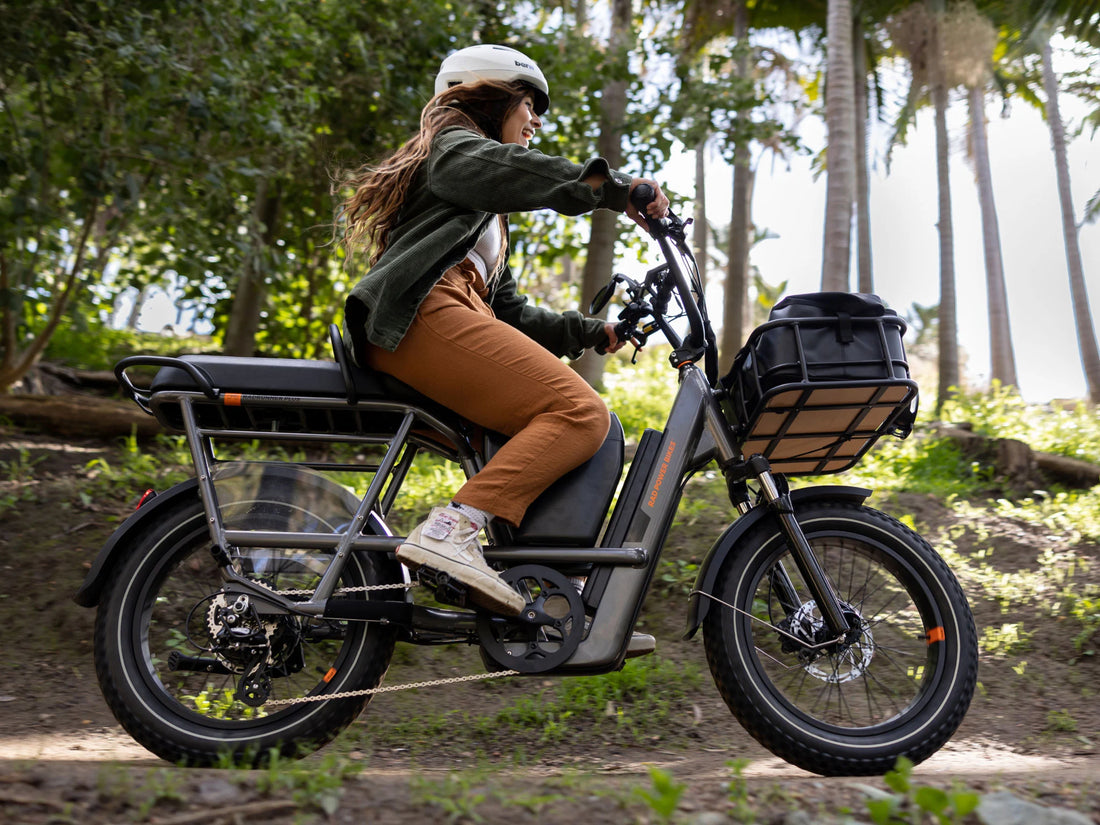
Protect Your E-Bike: Coastal Area Care and Maintenance Tips
Protect Your Ride
Coastal Area Bike Care and Maintenance Musts
Riding an electric bike along the scenic coastlines offers an exhilarating experience, but it also demands diligent care to combat the unique challenges posed by the salty air and humid conditions. For electric bike owners residing in coastal areas, understanding the nuances of electric bike maintenance is crucial to ensure both longevity and optimal performance of their beloved rides. In this guide, we will delve into coastal area bike care essentials, providing valuable E-Bike upkeep tips that include timely electric bicycle servicing routines. Embrace the best maintenance practices to protect your ride, while enjoying the freedom and adventure that biking along the coast brings. Stay tuned for expert advice that promises to enhance your biking experience!
Essential Coastal Bike Care Tips
Regular Cleaning Routine
A consistent cleaning routine is vital for maintaining your electric bike in coastal areas. The salty air can lead to corrosion on metal parts, while sand and debris can cause wear and tear. Start by rinsing your bike with fresh water to remove salt deposits. Focus on areas prone to buildup, such as the chain, gears, and brakes. Use a gentle brush and soapy water to scrub away dirt and grime, ensuring not to damage sensitive components like the battery or motor. Rinse thoroughly and dry with a soft cloth to prevent rust. Lubricate the chain and moving parts after cleaning to maintain smooth operation and protect against moisture. Aim to clean your bike at least once a week, or more frequently if you ride daily. This routine not only preserves your bike's condition but also enhances its performance, ensuring a safe and enjoyable ride along the coast.
Saltwater Exposure Prevention
Preventing saltwater exposure is crucial for preserving the integrity of your electric bike in coastal regions. Saltwater is highly corrosive and can rapidly degrade metal parts and electrical components. To mitigate this, avoid riding directly on the beach or through saltwater puddles, as these can splash onto the bike. When parking your bike, choose a location away from the surf and mist. Utilize protective covers to shield your bike when not in use, especially during high tides or storms. Applying a corrosion-resistant spray to the bike's metal surfaces can also offer an extra layer of protection. Regularly inspect your bike for any signs of rust or corrosion, addressing them promptly to prevent further damage. By taking these precautions, you significantly extend the lifespan of your bike and maintain its performance, allowing you to enjoy worry-free rides along the beautiful coastal landscapes.
Electric Bike Maintenance Schedule
Weekly Inspection Checklist
Conducting a weekly inspection of your electric bike is essential for identifying potential issues early and ensuring safe operation. Begin by checking the tire pressure, as under-inflated tires can reduce efficiency and increase wear. Inspect the tires for signs of damage, such as cuts or embedded debris. Examine the brake system, ensuring the pads and cables are in good condition and functioning properly. Next, check the chain and gears for dirt or rust, applying lubricant as needed to maintain smooth shifting. Assess the electrical components, including the battery and connections, for any visible signs of wear or corrosion. Ensure that all bolts and screws are tightened, as vibrations from regular riding can loosen them over time. Finally, test the lights and horn to ensure they are operational. Keeping this checklist handy and adhering to it weekly will help maintain your bike's reliability and enhance your riding experience.
Seasonal Servicing Essentials
Seasonal servicing is a vital part of maintaining your electric bike, particularly in coastal areas where weather conditions can be harsh. As seasons change, so do the challenges your bike faces. At least twice a year, conduct a comprehensive service check. Start with the electrical system, examining the battery for capacity and any signs of degradation. It's also a good time to have the motor inspected for efficiency and potential issues. Evaluate the drivetrain, including the chain, gears, and derailleurs, for wear and apply necessary adjustments or replacements. Check the frame and other structural components for signs of rust or weakness. Consider changing the brake pads and cables if they show signs of wear, ensuring optimal stopping power. Lastly, inspect the suspension system, if applicable, for smooth operation. Regular seasonal servicing not only prolongs the life of your bike but also optimizes performance, keeping your rides smooth and trouble-free throughout the year.
Long-Term EBike Upkeep Tips
Battery Care Best Practices
Proper battery care is crucial for the longevity and performance of your electric bike. Start by charging your battery correctly; avoid overcharging by unplugging it once fully charged. Regularly check the battery connections for corrosion and clean them as needed to ensure efficient power transfer. Store the battery in a cool, dry place when not in use, especially during extreme temperatures, which can degrade its performance. Use a protective case or cover to shield it from moisture and physical damage while riding. If you plan to store the bike for an extended period, maintain the battery charge between 50-80% to prevent capacity loss. Additionally, avoid completely draining the battery to preserve its lifespan. By following these best practices, you ensure your battery remains reliable and efficient, extending the overall life of your electric bike and enhancing your riding experience over the long term.
Rust Prevention Strategies
Rust prevention is essential for maintaining the structural integrity and aesthetic appeal of your electric bike, especially in salty coastal environments. Begin by applying a rust-resistant coating to vulnerable metal parts, including the frame, handlebars, and chain. This protective layer acts as a barrier against moisture and salty air. After each ride, wipe down your bike with a dry cloth to remove any moisture and salt deposits. Ensure your bike is stored in a dry, sheltered area, ideally indoors, to minimize exposure to the elements. Regularly inspect your bike for any early signs of rust and address them promptly with rust remover or by sanding and repainting affected areas. Additionally, lubricate moving parts frequently to reduce friction and corrosion. Investing time in rust prevention strategies not only extends the life of your bike but also keeps it looking new, ensuring you can enjoy your coastal rides without worry.
Check out the related video here:
https://youtu.be/H-Mb00G5wHo
